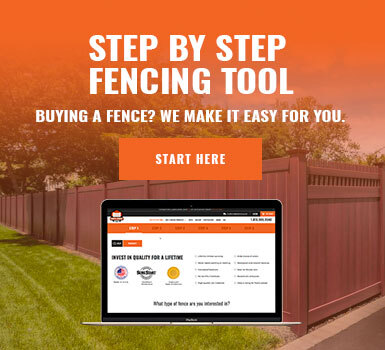Understanding local building codes regarding fence height is crucial when planning to install a vinyl fence. These regulations vary depending on your location and can have a significant impact on the design and installation process. Here’s what you need to know about vinyl fence height regulations:
Check Local Regulations: Before purchasing materials or starting construction, research the specific regulations governing fence height in your area. These regulations are typically outlined in your local building code or zoning ordinance and may vary based on factors such as property type, location, and zoning district.
Residential vs. Commercial Properties: Different regulations may apply to residential and commercial properties. For residential properties, there may be restrictions on the maximum height of fences in front yards, side yards, and rear yards. Commercial properties may have their own set of regulations governing fence height, especially if they are located in mixed-use or industrial zones.
Front Yard Setbacks: Many municipalities have restrictions on the maximum height of fences in front yards to ensure visibility and maintain neighborhood aesthetics. These setbacks typically require fences to be lower in front yards compared to side or rear yards. Be sure to check the setback requirements for front yard fences in your area.
Privacy and Security Concerns: Some regulations are in place to address privacy and security concerns. For example, fences may be required to be a certain height to provide adequate privacy for residents or to deter trespassers. Understanding these considerations can help you choose the appropriate fence height for your property.
Variances and Exceptions: In some cases, you may be able to request a variance or exception from the local building department to deviate from standard height regulations. This typically requires submitting an application and demonstrating a valid reason for the variance, such as unique property conditions or topography.
Consult with Professionals: If you’re unsure about the height regulations or how they apply to your specific property, consider consulting with a professional fence contractor or contacting your local building department for guidance. They can provide valuable insights and ensure that your vinyl fence complies with all relevant regulations.
By understanding local building codes and regulations regarding fence height, you can ensure that your vinyl fence installation is compliant and meets the necessary requirements for your property. This not only helps you avoid potential fines or penalties but also ensures the safety, security, and aesthetic appeal of your outdoor space.

